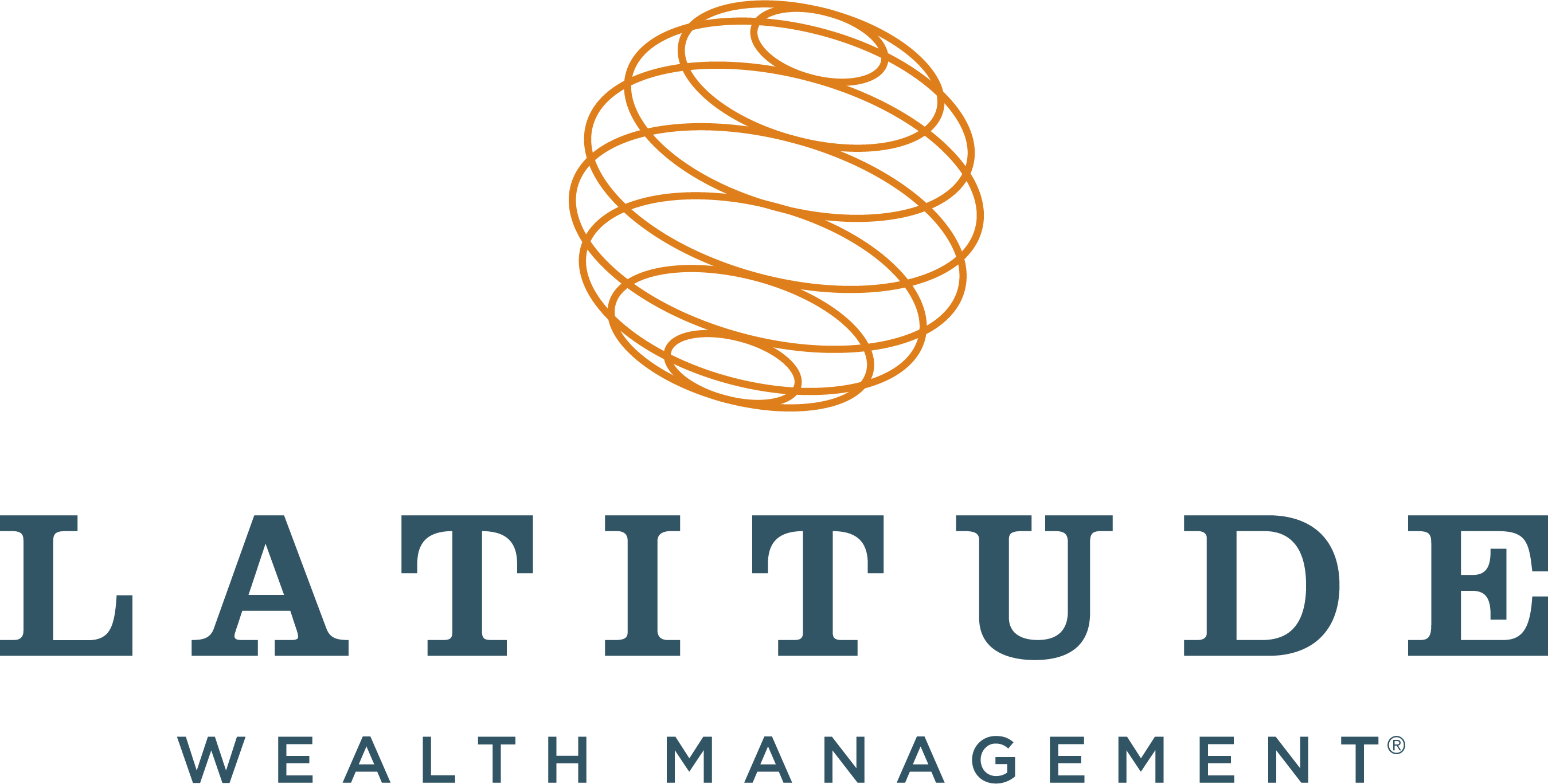Published by Mark Petersen
People have many different ways of saving for retirement. One may utilize pre-tax or post tax savings, invest in appreciating assets or collectibles or even allocate money to assets which may simply maintain their value over time. The use of various savings methods or types of assets may also help provide diversification which may result in lessening overall risk. However, all the methods listed must include a funding mechanism.
It is often recommended that one “pay themselves first.” This means allocating funds to a resource before the money goes into a spendable account, such as a checking account. “Out of sight out of mind” is the philosophy being employed to direct funds to a location where an action must be taken on your part to access the money. This is the basis of directing deposits out of your paycheck, directly into your retirement savings. In theory, you don’t even miss the money because you never had it and if your employer is matching your contribution, you have an automatic rate of return for your effort. One additional benefit is that these savings are generally excluded from your taxable income. Many plans also allow post-tax contributions as an additional opportunity to save for retirement.
This same concept is often used with after tax dollars by having payments or transfers directed out of a checking or savings account on a periodic, scheduled basis. This ideology is frequently used to pay insurance policy premiums or transfer money to accounts for children’s education funds. It has become very easy to direct deposit every month to save for education expenditures and often receive a tax benefit in the process.
One method of saving for retirement is paying the monthly mortgage. A portion of each monthly payment is allocated to the principal amount borrowed. In effect, you are reallocating wealth from your debt to your equity on your personal balance sheet. Assuming your home retains or increases in value, you have effectively strengthened your balance sheet by the principal amount paid. The equity value may be realized in the future when your home is sold. After all, one must have a place to live, so why not strengthen your balance sheet in the process.
Collectibles are another method of potentially saving or increasing your worth over time. Funding for collectibles may be done by automatic transfer on a scheduled timeframe. The effect is Dollar Cost Averaging (DCA), buying more when the price is low and buying less when the price is high. The key is to continue investing the same amount every set period of time. As values rise, the overall investment will be worth more in the future. The benefit of dollar cost averaging is not trying to time the market for entry points at low prices.
One potential concern of utilizing collectibles is the value may decrease when demand weakens or the collectible falls out of favor. This is a big concern if it happens at the time you want or need to sell the asset. Gold is a good example during the financial crises of 2008. People were concerned about monetary assets and the price of gold was bid up to its all time high price. It has subsequently decreased by over 40% as people feel more comfortable about the financial health of governments, companies and individuals.
There are many asset classes and methods of saving for retirement. Whether it is a traditional retirement plan, directing a portion of your paycheck or checking account to a specific purpose or collecting something which may increase in value over time, the important thing is to take some action to proactively accumulate value and plan for your retirement. Automating the process may prove to be an easy way to progress toward the ultimate goal of having enough assets to maintain your lifestyle without a semi-monthly paycheck.

